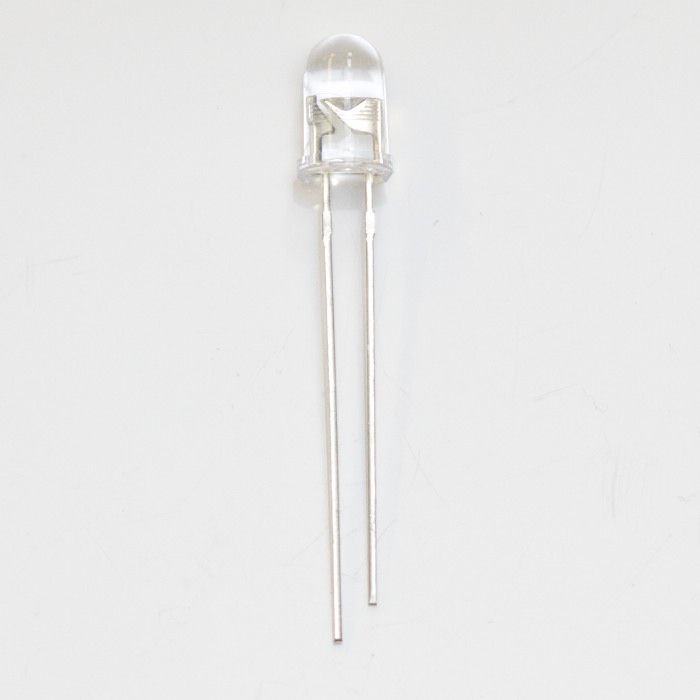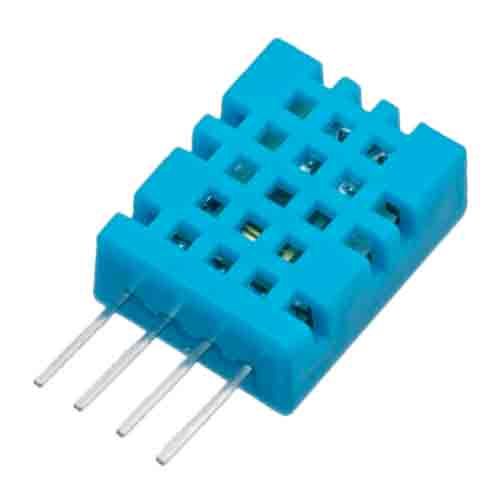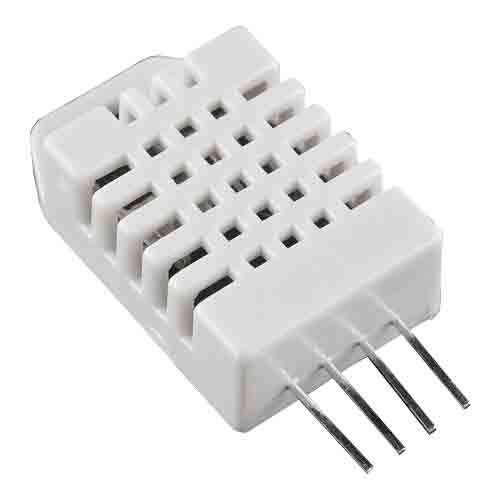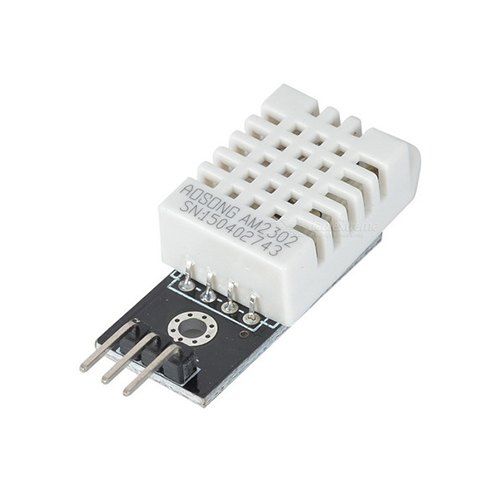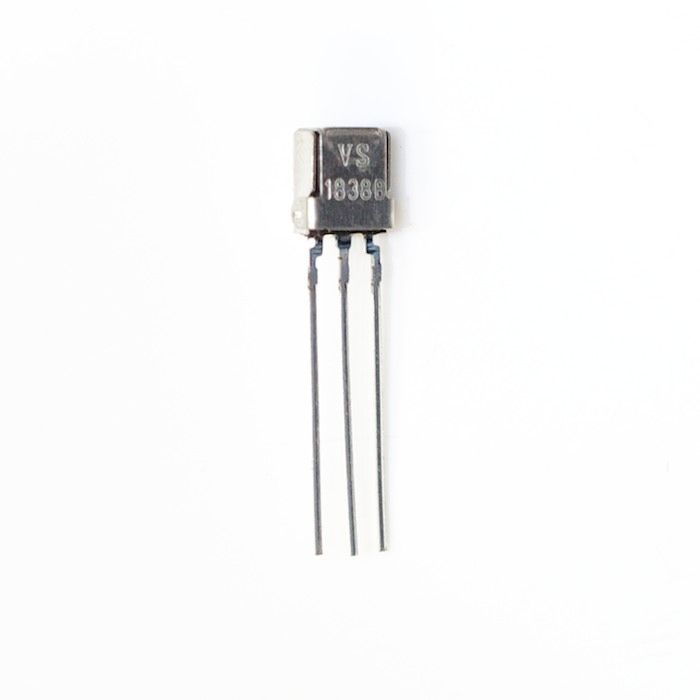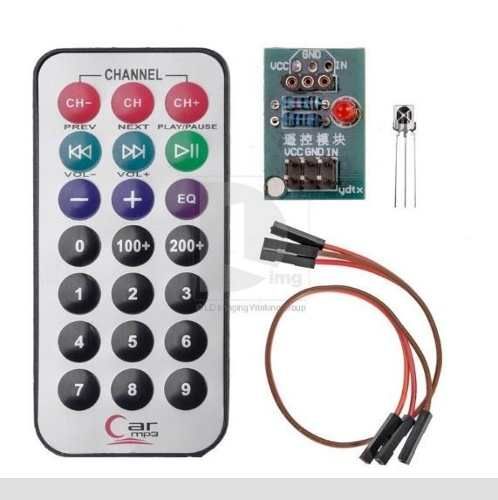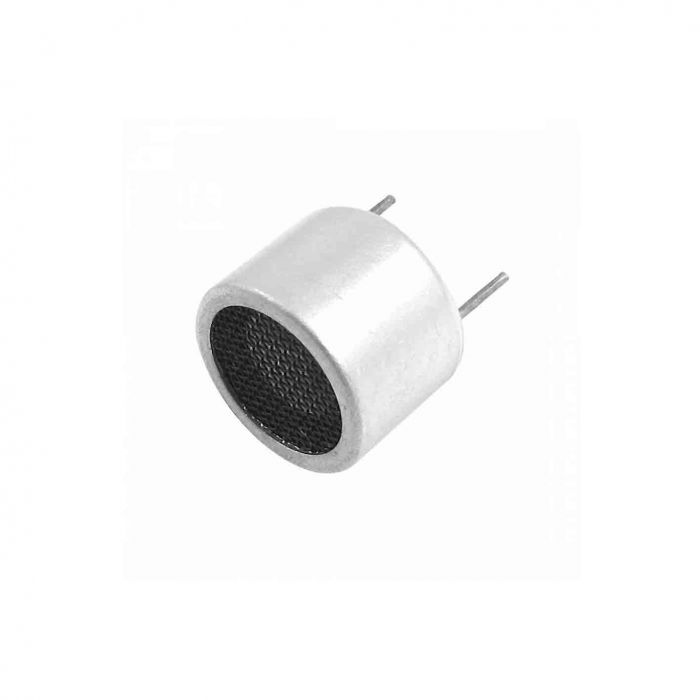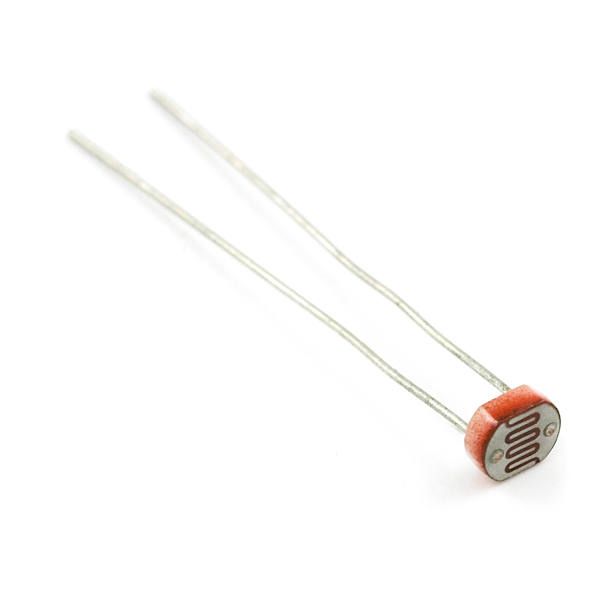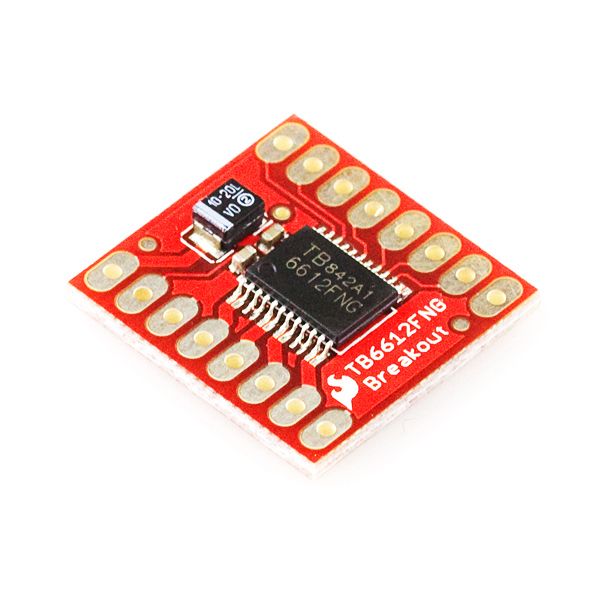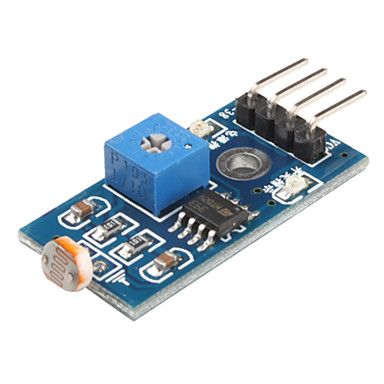Sensors
sensors
-
45 Sensors in 1 Sensor Kit for Arduino and Raspberry Pi Projects
$49.05The 45 Sensors in 1 Sensor Kit is a comprehensive set of sensors and modules designed to help makers, students, and hobbyists to get started with various electronic projects using Arduino and Raspberry Pi. The kit includes a wide range of sensors, such as temperature and humidity sensors, motion sensors, light sensors, sound sensors, and many more, along with a selection of modules such as RGB LEDs, buzzers, and relay modules. The kit also includes a detailed user manual with examples and code snippets to help users understand how to use the sensors and modules. With this kit, users can easily explore and experiment with various sensor-based projects and gain hands-on experience in the field of electronics.
-
5mm Infrared LED Sender
$1.09The 5mm Infrared (IR) LED Sender is a small, low-power component that is used to transmit IR signals. It consists of an infrared LED that is housed in a small cylindrical package, with leads that are used to connect it to a circuit. IR LED senders are commonly used in remote control systems, such as those found in televisions, DVD players, and other consumer electronics. The IR LED sender emits an IR beam that is picked up by a nearby receiver, which converts the signals back into electrical signals that can be processed by a microcontroller or other control unit.
-
DHT11 Temperature and Humidity Sensor
$5.45The DHT11 Temperature and Humidity Sensor is a low-cost and widely used sensor for measuring temperature and humidity in various applications. It is a combined digital temperature and humidity sensor that provides accurate and reliable data in a compact package. The DHT11 uses a capacitive humidity sensing element and a thermistor to measure the relative humidity and temperature, respectively. The sensor provides a digital output via a single wire interface, making it easy to connect to a microcontroller or other digital circuit. The DHT11 supports a temperature range of 0°C to 50°C and a humidity range of 20% to 90% relative humidity, making it suitable for use in a wide range of indoor and outdoor environments.
-
DHT11 Temperature and Humidity Sensor Module
$8.72The DHT11 temperature and humidity sensor module is an electronic device used to measure the temperature and humidity of a surrounding environment. The module uses a combined digital temperature and humidity sensor that measures both parameters using a single device.
The DHT11 sensor module is designed to interface with microcontroller boards, such as the popular Arduino platform, and typically contains the DHT11 sensor and a few other electronic components that allow it to communicate with the microcontroller.
-
DHT22 Temperature and Humidity Sensor
$14.17The DHT22 Temperature and Humidity Sensor is a highly accurate and reliable digital sensor for measuring temperature and humidity in various applications. It is an upgrade from the DHT11 sensor, offering improved accuracy and range, and is widely used in a variety of applications such as home automation, weather monitoring, and industrial control. The DHT22 uses a capacitive humidity sensing element and a thermistor to measure the relative humidity and temperature, respectively. The sensor provides a digital output via a single wire interface, making it easy to connect to a microcontroller or other digital circuit.
-
DHT22 Temperature and Humidity Sensor Module
$17.44DHT22 is a basic, low-cost digital temperature and humidity sensor. It uses a capacitive humidity sensor and a thermistor to measure the surrounding air, and spits out a digital signal on the data pin (no analog input pins needed). It’s fairly simple to use, but requires careful timing to grab data. The only real downside of this sensor is you can only get new data from it once every 2 seconds, so when using our library, sensor readings can be up to 2 seconds old.
-
Infrared LED Receiver Diode
$1.09The Infrared (IR) LED Receiver Diode is a small component that is used to detect and receive IR signals. It is designed to be low-cost, low-power, and compact, making it ideal for a wide range of projects and applications. The IR LED Receiver Diode consists of a small photodiode that is housed in a cylindrical package, with leads that are used to connect it to a circuit. When an IR beam is directed at the diode, it generates a small electrical current that can be processed by a microcontroller or other control unit.
-
Infrared Remote Control Module for Arduino
$9.81The Infrared Remote Control Module for Arduino is a compact and easy-to-use module that allows you to control your Arduino projects with an infrared remote control. This module features a 38kHz IR receiver and can be easily connected to your Arduino board via a 3-pin interface. The module is compatible with most common IR remote controls and supports both NEC and RC5 protocols. With the Infrared Remote Control Module for Arduino, you can add remote control functionality to your projects without the need for complex coding. This module is perfect for creating home automation systems, controlling lights, or adding other forms of remote control to your projects.
-
Integration Ultrasonic Transceiver
$3.27The Integration Ultrasonic Transceiver is a device used for measuring distance and detecting objects using ultrasound. It works by emitting an ultrasonic pulse and measuring the time it takes for the pulse to bounce back from an object, allowing the distance to be calculated. The ultrasonic transceiver is typically used in applications such as distance sensing, object detection, and flow measurement. It has a compact design, making it suitable for use in a variety of projects, including robotics, automation, and instrumentation
-
Light Sensitive Photo Resistor
$0.55The Light Sensitive Photo Resistor, also known as a photoresistor or light-dependent resistor (LDR), is a passive electronic component that changes its resistance based on the amount of light that falls on it. Photo resistors are used in a variety of applications, including light-activated switches, automatic street lights, and light-sensitive security systems. The photoresistor is made of a material that changes its electrical resistance when exposed to light. When the photoresistor is in the dark, its resistance is high, and when it is exposed to light, its resistance decreases. This change in resistance can be used to control the flow of current in a circuit, allowing for the detection of light levels and the control of light-activated devices.
-
Motor Driver TB6612FNG
$13.08The TB6612FNG Motor Driver can control up to two DC motors at a constant current of 1.2A (3.2A peak). Two input signals (IN1 and IN2) can be used to control the motor in one of four function modes: CW, CCW, short-brake and stop. The two motor outputs (A and B) can be separately controlled, and the speed of each motor is controlled via a PWM input signal with a frequency up to 100kHz. The STBY pin should be pulled high to take the motor out of standby mode.
Logic supply voltage (VCC) can be in the range of 2.7–5.5VDC, while the motor supply (VM) is limited to a maximum voltage of 15VDC. The output current is rated up to 1.2A per channel (or up to 3.2A for a short, single pulse).
This little board comes with all components installed as shown. Decoupling capacitors are included on both supply lines. All pins of the TB6612FNG are broken out to two 0.1″ pitch headers; the pins are arranged such that input pins are on one side and output pins are on the other.
-
Photoresistor Light Sensor Module for Arduino
$3.27A photoresistor light sensor module for Arduino is a component that allows for the measurement of ambient light levels using a photoresistor. Photoresistors, also known as light-dependent resistors (LDRs), are electronic components that change resistance based on the amount of light that they receive.
A photoresistor light sensor module for Arduino is designed to be used with the popular open-source electronics platform and typically contains a photoresistor and a few other electronic components that allow it to interface with the Arduino board. The module is connected to the Arduino board through its analog input pins, which allow it to measure the analog voltage produced by the photoresistor.




